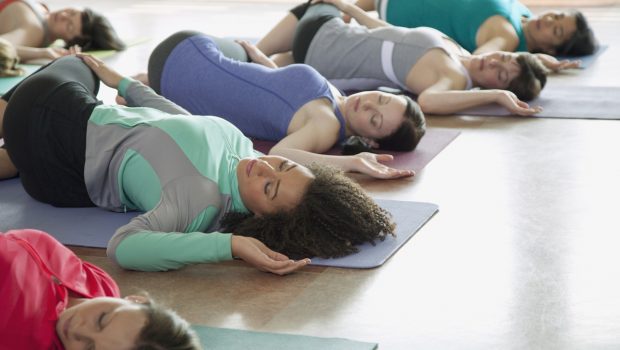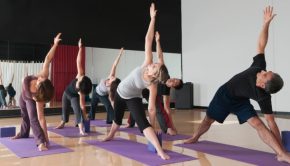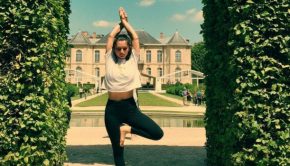Feldenkrais Method Changes Habits by Activating the Nervous System
For those seeking relief from chronic pain, Parkinson’s disease, depression and anxiety or improving creativity, posture and performance, the Feldenkrais Method is helping people reconnect with their natural abilities to move, think and feel.
Much in the way that meditation focuses on breathing and improves the brain’s ability to concentrate, The Feldenkrais Method uses gentle movement and directed attention to raise kinesthetic awareness of possibly maladaptive movement patterns and guides the brain to discover more effective options for moving, thinking and feeling.
The statement, “No pain, no gain.” has long been a staple philosophy in exercise and sports culture. But the belief that pain equals effort or signifies progress can be counterproductive and potentially harmful. Pain is the body’s warning system, and should be perceived as a signal to stop, step back and reassess.
The skeleton is designed to support the body in gravity. Bones are strong and weight bearing. In-between the bones, cartilage absorbs the shock of daily activities. But many people do not use their skeletons properly in order to maintain a favorable upright posture. Instead, chronic over-engagement of muscles is responsible for much of the pain experienced during day-to-day activities. The cumulative effects of sitting at a desk, driving a car or staring at a cell phone are some common examples of this misuse of the body’s potential.
The brain is constantly seeking the easiest way to do things. If presented with a variety of movement options, the brain’s natural intelligence can take over and choose the most efficient neural pathway to complete a given task. This neural plasticity is one of the reasons that the Feldenkrais Method remains effective.
Feldenkrais is focused on a specific function, such as walking, turning or reaching using slow, gentle movements to engage the whole body in each movement rather than an individual arm, leg or hip. The tendency to isolate parts of the body creates additional wear and tear on the body.
There are two parts to the Feldenkrais Method: Awareness Through Movement (ATM) and Functional Integration (FI). ATM classes are geared toward the possibility of changing movement patterns. The practitioner verbally guides the student through a series of movements designed to wake up parts of the body that have been forgotten. Students often notice that they move better, think more clearly, sleep better, have less pain and eventually begin to recognize and avoid some of the habits that lead to discomfort.
In FI, the practitioner moves the student gently and easily so that they are reminded of what it was like when their movements were easy and pain-free. The lessons are tailored to each person, with progress often being quite pronounced after only a few lessons.
Rediscovering the bones as a main source of support will make engaging in physical activity easier, more efficient and more enjoyable.
Christin Harvey teaches weekly Feldenkrais Method classes in Bergen and Rockland counties. For more information, call 914-299-3838 or email ChristinHarvey





























